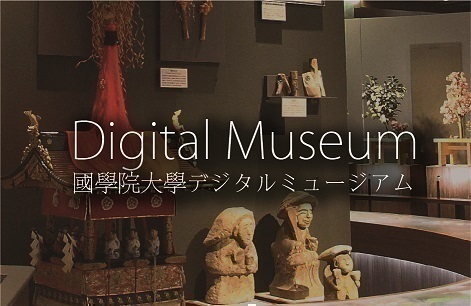- トップ
- Encyclopedia of Shinto
- Saishi shūzoku
Encyclopedia of Shinto
| Main Menu: | |
| Links: |
詳細表示 (Complete Article)
| カテゴリー1: | 5. Rites and Festivals |
|---|---|
| カテゴリー2: | Types of Rituals |
| Title | Saishi shūzoku |
| Text | Traditions, practices, and customs related to festivals and the rituals that form part of them. Rituals and festivals take many forms depending on time, place and the people performing it. Although the term "ritual customs" (saishi shūzoku) is used to refer collectively to all of these practices, their content, shape and oral tradition varies greatly. This said, there does exist a body of customary practices that is specific to rituals and fetivals. Interest in ritual practices has grown due to the following reasons. First, while with the onset of modernity, efforts were made to organize and unify ritual practices at shrines, a position that recognized the unique practices transmitted at shrines also emerged. In addition, with the development of folk studies, comparative studies have advanced the understanding of the particularities and commonalities of shrine practices. Further, as traditional rituals underwent changes, some ritual customs were modified while others disappeared completely. A comprehensive study of these ritual customs was undertaken by Yanagita Kunio in his work Bunrui saishi shūzokugoshū ("Collection of ritual terminologies by category"). In this work, Yanagita created eleven separate categories to discuss related terminology from throughout the country. These categories included: general names of rituals (sōshō), ritual space (saijō), arrival of the kami (shinkō), boundary markers of a ritually purified space and ritual implements (imisashi and torimono), purification and ritual taboos (saiki), divine acts (kanwaza or kamuwaza), offerings (shinsen & heimotsu), members of shrine guilds/shrine assistants & prayer (tōya, jinin & norito), group prayer (kyōdō kigan), shrine clergy (fushuku), and names of kami. , The names given to rituals could range from a simple matsuri, to names reflecting the days on which it was performed (such as "okunchi (ninth day)," "tanabata matsuri (seventh day)," and "kotoyōka (eigth day)"), or particular characteristics or elements of the ritual (such as "mikoshi togyo matsuri," "peace festival" ("yasurai matsuri"), "quarrel festival" ("kenka matsuri"), "setting-up-sakaki-as-boundary-markers-of-sacred-space ritual" ("imisashi matsuri"), and "beach run festival" ("hamaori matsuri")). Some festival names reflect the items that are used in them such as in the case of the neputa ("large paper figures") festival, kantō ("bamboo pole") festival, danjiri matsuri ("danjiri float festival"), or the imo kurabe matsuri ("potatoe-comparison festival"). , The term kanwaza comprises such martial displays as sumō, horse racing (kurabeuma), tug of war (tsunahiki), and boat races (kyōsō), and artistic activities such as sacred music (kagura), lion dance (shishimai), and field play (taasobi). Practices such as the observation of ritual regulations (komori or saikai), purification (misogi harae), or divination (shinsen) were also included in this category. In the case of sacred food and offerings, there are special types of sake and food referred to as "exclusive offerings" ("tokushu shinsen") today, which are offered only on particular occasions. In some cases, there are also special ways of preparing (boiling or baking) the food offerings and special ways of offering (release into water or put in special containers etc.). , There are also cases in which, in which instead of the professional priesthood, tōya - who would takes turns in serving in the role of Shinto priest (kannushi) - and children (chigo) were considered indispensable to the performance of ritual. In some cases, they would appear in costumes or in disguise. Clothing can be ceremonial clothes (kamishimo), hunting clothes (hoi), or livery coats (happi), while some festivals even feature naked participants. , Other festivals feature acts of mimicry (modoki), including imitating crying, laughter, animal noises (for example, chicken or crow), and sexual acts. Yet other festivals feature symbolic activities, such as burning objects, making a fire, disposing of something, or releasing something. Such customs can either represent a single element in a festival, or form the central ritual aspect that characterizes the whole festival., — Sakurai Haruo |




